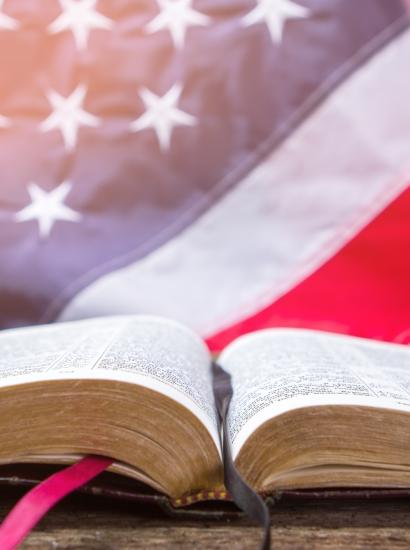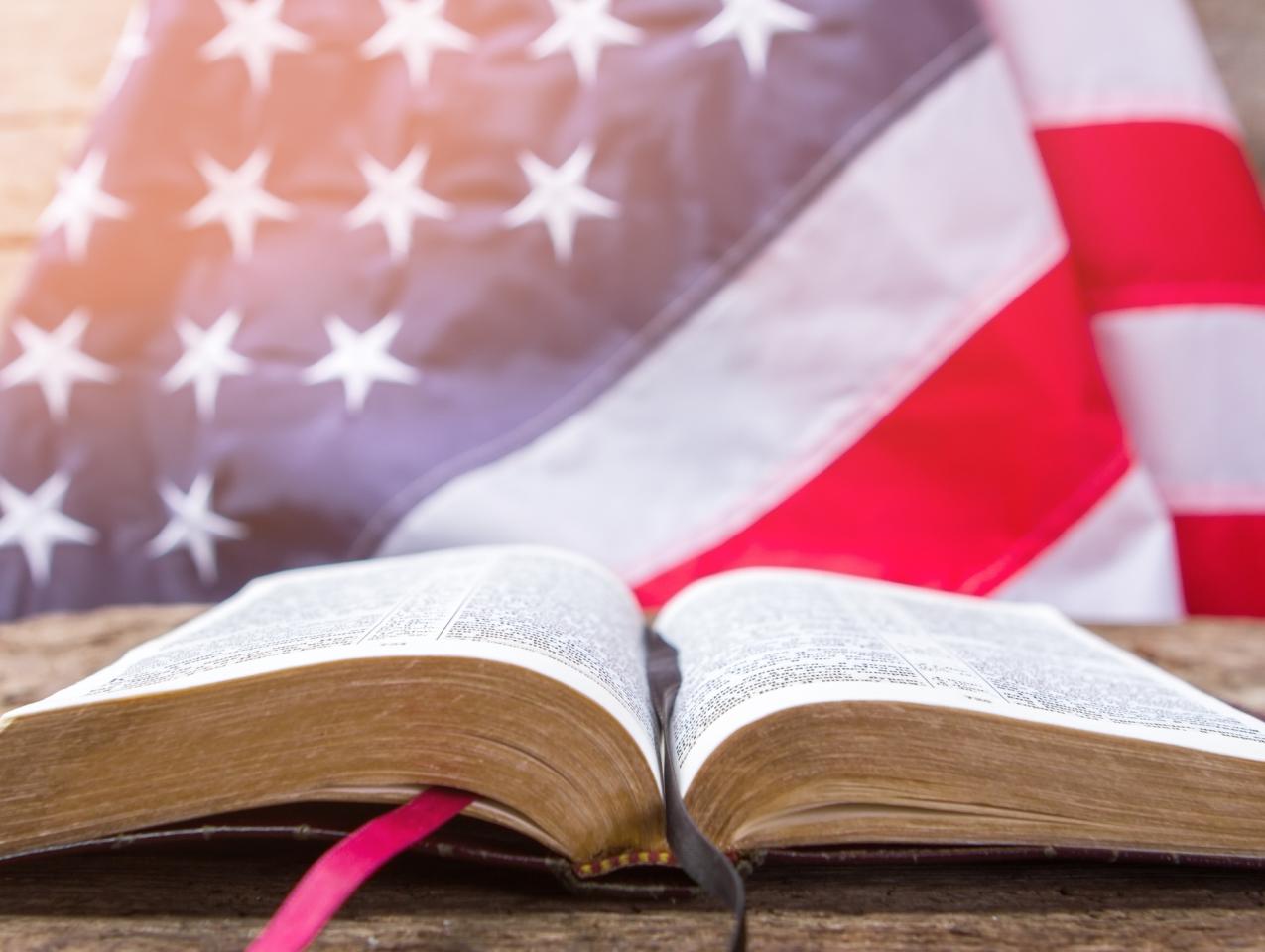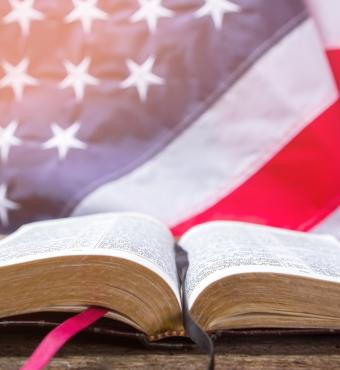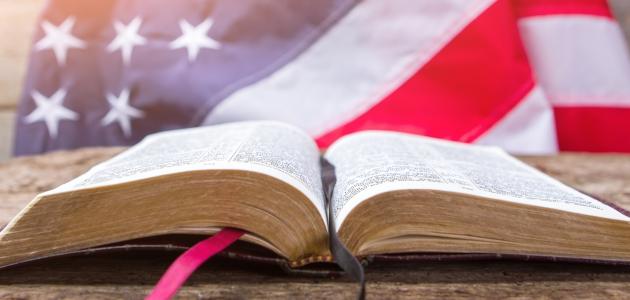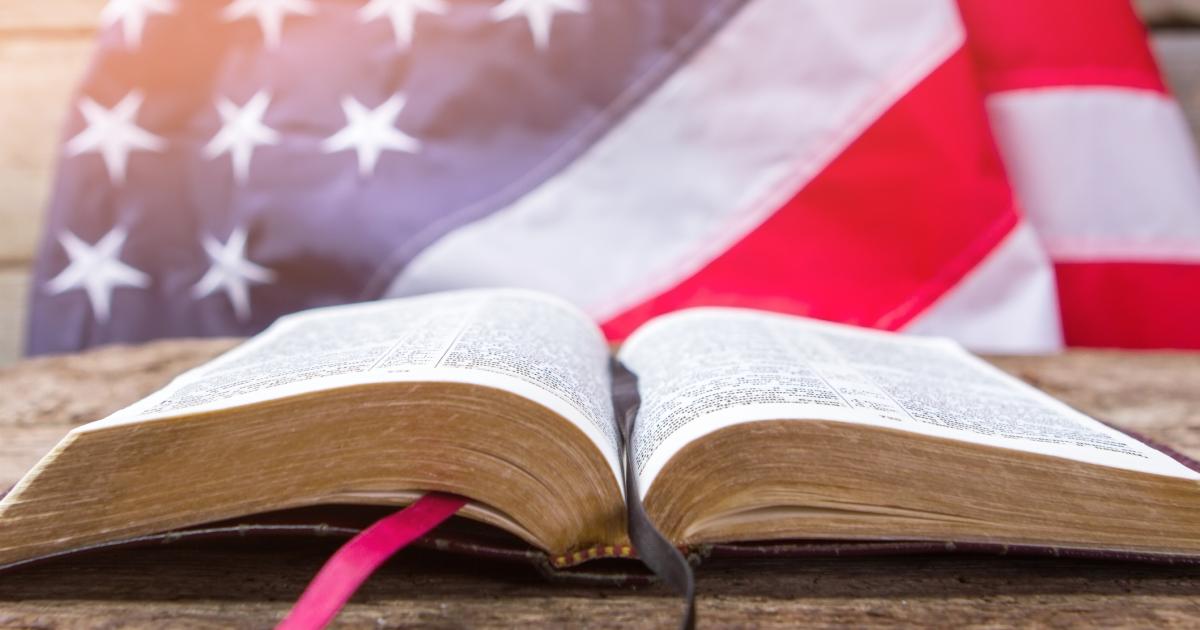One recent Supreme Court case that has attracted much divisive commentary in both the legal and popular press is Kennedy v. Bremerton School District (2022). There, a divided court held that Joseph Kennedy, who served as a football coach at Bremerton High School, could not be removed from his position because of his practice of engaging in a half-minute moment of personal prayer at the conclusion of varsity football games. Notably, these prayers occurred when Kennedy was on a short break from his official duties. That, at least, is the story told by Justice Neil Gorsuch for the majority. Justice Sonia Sotomayor’s dissent paints a very different picture, in which Coach Kennedy was a Pied Piper who lured students from both his own team and that of its opponents to participate in a showy demonstration of Christian faith.
The evident differences in these two capsule summaries matter when it comes to fixing the troubled constitutional line between church and state. The text of the First Amendment sets up the problem: “Congress shall make no law respecting an establishment of religion, or prohibiting the free exercise thereof.” These two short clauses on free exercise and establishment have always been in deep tension. On Gorsuch’s view of the facts, it looks as though a boorish school district trampled the exercise of religious freedom by its own teachers and students. By contrast, the Sotomayor view points to an establishment of religion by the public acts of a single teacher.
In this instance, Gorsuch used his version of the facts not only to vindicate Coach Kennedy but also to put the final nail in the coffin of the highly controversial three-part Establishment Clause test in Lemon v. Kurtzman (1971), used to strike down two statutory programs whereby Pennsylvania and Rhode Island provided financial aid to religious schools to reimburse the costs of teachers’ salaries and textbooks in designated “secular” subjects. Chief Justice Warren E. Burger insisted that under the Constitution, “[f]irst, [any] statute must have a secular legislative purpose; second, its principal or primary effect must be one that neither advances nor inhibits religion; finally, the statute must not foster ‘an excessive government entanglement with religion.’ ” The entanglement prong proved fatal to both state statutes.
Lemon has often been criticized as too aggressive, but, ironically, it is far from clear whether its application would support the school district’s position here. First and foremost, Kennedy involves no statutory program that systematically transfers wealth from the state to any group of individuals. There is only the action of a lone coach on a football field. If needed, it should have been a simple enough matter for the school district to inform anyone who asked that Kennedy was acting on his own behalf, so that no reasonable observer could think that, at the time, Kennedy was acting as a school representative. More significantly, as Justice Sotomayor noted, Kennedy had engaged in such a practice for about seven years before the coach of a rival team had told Bremerton High School’s principal that it was “cool” Bremerton had such a post-game practice. Here, the proper response would have been to say, “Thank you,” and move on. Instead, the principal took the comment as implicit invitation to put Kennedy’s conduct under a legal microscope.
Unwisely, the school district raised the stakes and, in doing so, only made matters worse. As Justice Sotomayor noted, Bremerton School District’s superintendent wrote to Coach Kennedy “informing him that leading prayers with students on the field and in the locker room would likely be found to violate the Establishment Clause, exposing the district to legal liability.” The legal reasoning underpinning this warning was, at best, far-fetched. At no point in the litigation did anyone identify who might sue, what theory of liability might be advanced, and what the level of financial exposure might be. Nor did anyone ask whether the school district’s insurance policy might cover the loss, or whether some simple adjustment made once the litigation arose might have solved the problem. The Bremerton School District’s decision to make this overwrought prediction a central part of its case only suggests that the school district had an improper animus toward Kennedy.
To make matters worse, the school district never satisfied its burden of showing that some form of coercion toward his players was implicit in Kennedy’s conduct. By the time it got to court, the district’s slimmed-down case took a position implicating conduct that is easy to prove but relying on a principle that is hard to defend—namely, that any public demonstration of religious belief by a school employee on school property should be treated as though it were an establishment of religion. The Bremerton School District’s position was even more unhappy because, before it dismissed Kennedy, he had agreed to its request that he no longer make religious references in pre-game locker-room huddles or ask (or even allow) players to participate in the silent prayer with him. One key phrase in the tangled law of the religious clauses is “reasonable accommodation,” which, as applied to this case, only helped the position of the coach against the school district. Specifically, it allowed Justice Gorsuch to reduce the inquiry to the simple question of why this private demonstration of after-game prayer required the school district to unleash its heavy artillery.
And then, somehow, Justice Gorsuch unceremoniously buried the Lemon test, but without developing a different test, beyond making a now-fashionable bow toward the “original meaning and history” of constitutional language in his interpreting of the Establishment Clause. However, this gesture rings hollow because he never cites historical or textual evidence that supports his interpretation of the clause—chiefly because there is none to be had. After all, early on in our history, no one thought once about how our constitutional text might apply to state public schools: the First Amendment applied only to Congress, and there were no public schools (state or national) to speak of.
It is easy to harmonize the Free Exercise and Establishment clauses when the perils are forcing people to swear allegiance to faiths in which they don’t believe or giving one church over another public funds or special privileges in the public life of the nation. But the two clauses are more difficult to reconcile in contexts evoking competing liberty interests. For instance, Justice Gorsuch notes in connection with the Free Speech Clause that neither teachers nor students “shed their constitutional rights to freedom of speech or expression at the schoolhouse gate[,]” quoting the famous line in Tinker v. Des Moines Independent Community School District (1969). Yet determining exactly what those rights guarantee, and how and when the state may override them, calls for some balancing test that leaves much to the imagination.
Ironically, Justice Gorsuch’s decision to pare down the record to Kennedy’s individual actions reduces the case’s precedential value the next time around, while the coercion and notoriety claims dominating Justice Sotomayor’s opinion are far more developed in the record. But no one should be confident that her fears are justified. It is all too common for groups to say, as the ACLU does, that “it’s inherently coercive for school officials to pray with students while on duty.” There are at least two problems with this position.
First, the word “inherently” ignores the multitude of factual scenarios which can arise when many athletes and their family members flock to these events. To be sure, the athletes themselves might find these events unsettling, but should they also have to show that their position on the team was prejudiced by their nonparticipation? And can they complain so if the athletic director makes it clear in advance that all athletes are equally welcome?
Second, is the ACLU correct when it takes it as a given that school officials are always on duty during their working hours, a point on which Justice Gorsuch and Justice Sotomayor disagreed? To add to the confusion, school boards may rewrite their employment contracts in ways that redefine the boundary between work and free time. As a result, any balancing test that emerges will quickly be overwhelmed by a barrage of borderline cases.
Nor can we resolve these cases by insisting, as does the ACLU, that Kennedy “significantly erodes the separation of church and state in public schools,” without understanding where to draw that line in the first place. May students, singly or collectively, say grace before meals? Must public schools ban religious clubs or reading groups, when secular clubs and groups are welcomed? No one should be foolish enough to think that the law can generate some bright-line test to determine whether strict separation requires religious students to occupy an inferior position in public schools. My own preference is to go easy on doctrine and look at how private schools, which are not bound by the First Amendment, work to accommodate the conflicting demands of an increasingly diverse society. So, the great tragedy here is that the Bremerton School District opted for high-powered legal intervention instead of low-level administrative solutions. Everyone, on both sides of the issue, comes out the loser when mundane personnel issues are transformed into major constitutional battlegrounds.









